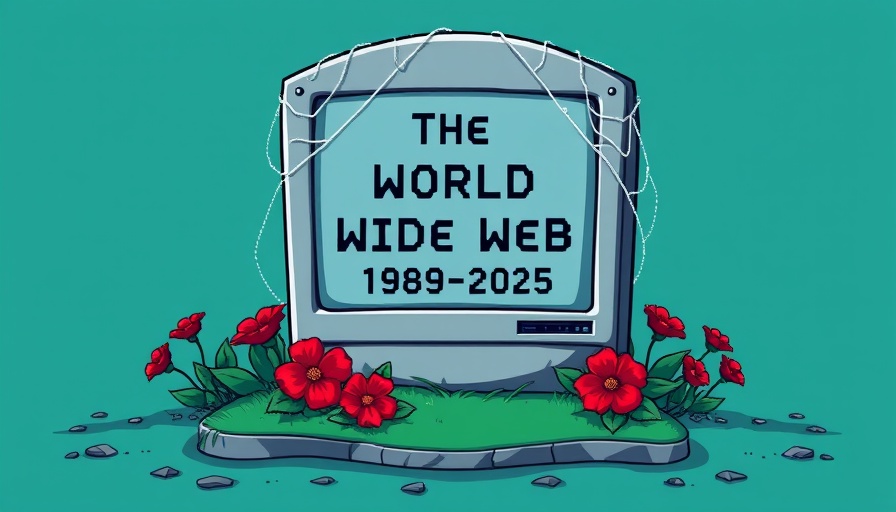
Big Pharma's Profits: An Uncertain Future
Big Pharma, historically one of the most lucrative sectors, is facing growing challenges in America. The pharmaceutical industry’s profit margins, which have long been seen as staggering, are beginning to come under scrutiny from both the public and politicians alike. Only about 20% of Americans hold a favorable view of this industry, which is indicative of a significant trust deficit. As healthcare costs soar, the perception that pharmaceutical companies prioritize profits over patients is gaining traction.
The Shift Toward Policymaking
In recent years, lawmakers have turned their attention to the economic practices of these drugmakers. New policies aimed at reducing drug prices are emerging as key themes in political discussions, with tariffs and price targets threatening profit margins. The emphasis on pricing fairness indicates that a transformative shift may be on the horizon, impacting not only top-tier companies but also investors and healthcare professionals who depend on these firms' lucrative returns.
What Should Business Owners Expect?
For cost-conscious business owners and financial decision-makers, the implications of these changes are profound. As drugs become more affordable through legislation, the value proposition of steep investments in pharmaceutical stocks could be diminished. Companies may need to find innovative cost-cutting measures or diversify their portfolios to continue generating profitable returns in an increasingly price-sensitive market.
Future Trends in Pharmaceutical Pricing
The potential for long-standing changes in the pharmaceutical pricing model signifies new opportunities for businesses to adjust. By aligning their strategies with the market dynamics shaped by regulators, companies can enhance their ROI while remaining ethically conscious. Those who can navigate these shifts effectively will not only secure their investments but also play a pivotal role in the evolving healthcare landscape.
As big pharma grapples with these pressures, business leaders and investors alike must stay vigilant. Understanding these market shifts and adapting to the changing landscape can help safeguard investments and possibly capitalize on emerging opportunities.
 Add Row
Add Row  Add
Add 










Write A Comment